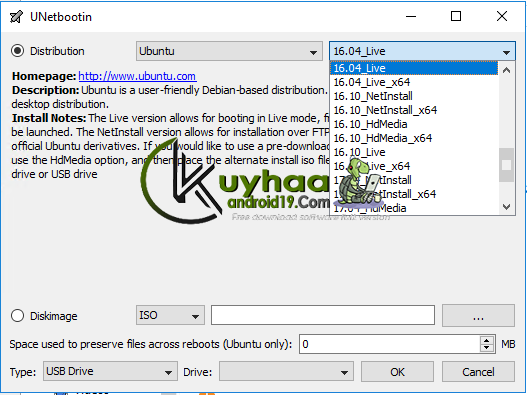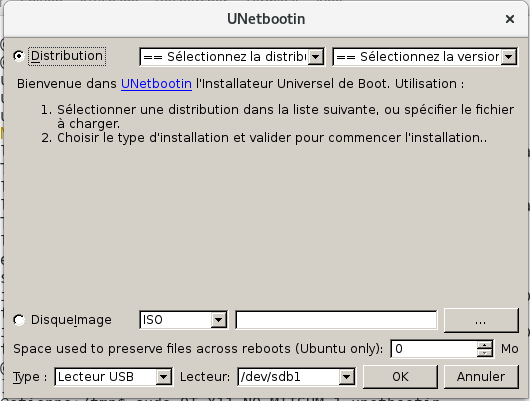
Remember, in all programs, you need to use the option to define a space for persistence. Conclusion:Īs you can see, creating a persistent Linux Live USB system from Windows is easy with Rufus, as with other alternatives mentioned previously. You can get more information on Ventoy at. Supports more than a hundred Linux distributions, such as VMware, XenServer, Windows, and more.Supports USB, Hard drive, SSD, NVMe, and SD card.Once Ventoy is installed, you can copy or drag the images you want to boot from the USB device.

Ventoy is another multiplatform USB creator. You can get additional information on UUI at. Provides information on Linux distributions.It also supports Windows and other software types like antivirus. It is used to create live USB systems from Linux ISO images. Universal USB Installer is another alternative to Rufus. The tool is available for Ubuntu and Windows starting in Ubuntu 10.10 “Maverick Meerkat,” but it is accessible only by inserting the Live CD with Windows running. This is the official USB creator of Ubuntu Linux, and it is included by default. You can get more information on Linux Live (LiLi) at. Can run Linux from Windows using VirtualBox.LinuxLive supports Linux Mint, Kali Linux, Fedora, Ubuntu, Kubuntu, Xubuntu, Emmabuntüs, HandyLinux, Debian Live, OpenSUSE, Sabayon Linux, Arch Linux, and ArchBang, PCLinuxOS, CentOS, Damn Small Linux, Puppy Linux, Toutou Linux, GParted Live, Clonezilla, Pinguy OS, CrunchBang Linux, and Super OS. LinuxLive is a tool to create live USB systems for many Linux distributions. Supports Windows, Ubuntu, Fedora, openSUSE, CentOS, Gentoo, Linux Mint, Arch Linux, Mandriva, MEPIS, Slackware as well as FreeDOS, FreeBSD, NetBSD, and more.
#UNETBOOTIN FOR DEBIAN MAC OS#
#UNETBOOTIN FOR DEBIAN PORTABLE#
Rufus is an open-source portable tool available for Microsoft Windows, and it is used to create and format USB disks and pen drives. Now, you can boot your live system with persistence.

Once finished, you can boot your live CD with persistence. When a warning prompts to inform you about disk data deletion, press OK to continue. Once executed, select your USB device, the ISO image, the size of the persistent partition (Note: If zero, there will be no persistence), and select GPT on the partition scheme drop-down menu.Īfter selecting the correct options, press the START button to start the process. Rufus will ask if you want it to check for updates, press the preferred options in order to continue. Scroll down the page to the download section shown in the image below:ĭownload and execute Rufus.
#UNETBOOTIN FOR DEBIAN HOW TO#
This tutorial shows the step-by-step process of how to create a persistent storage for Debian or Ubuntu live USB.


 0 kommentar(er)
0 kommentar(er)
